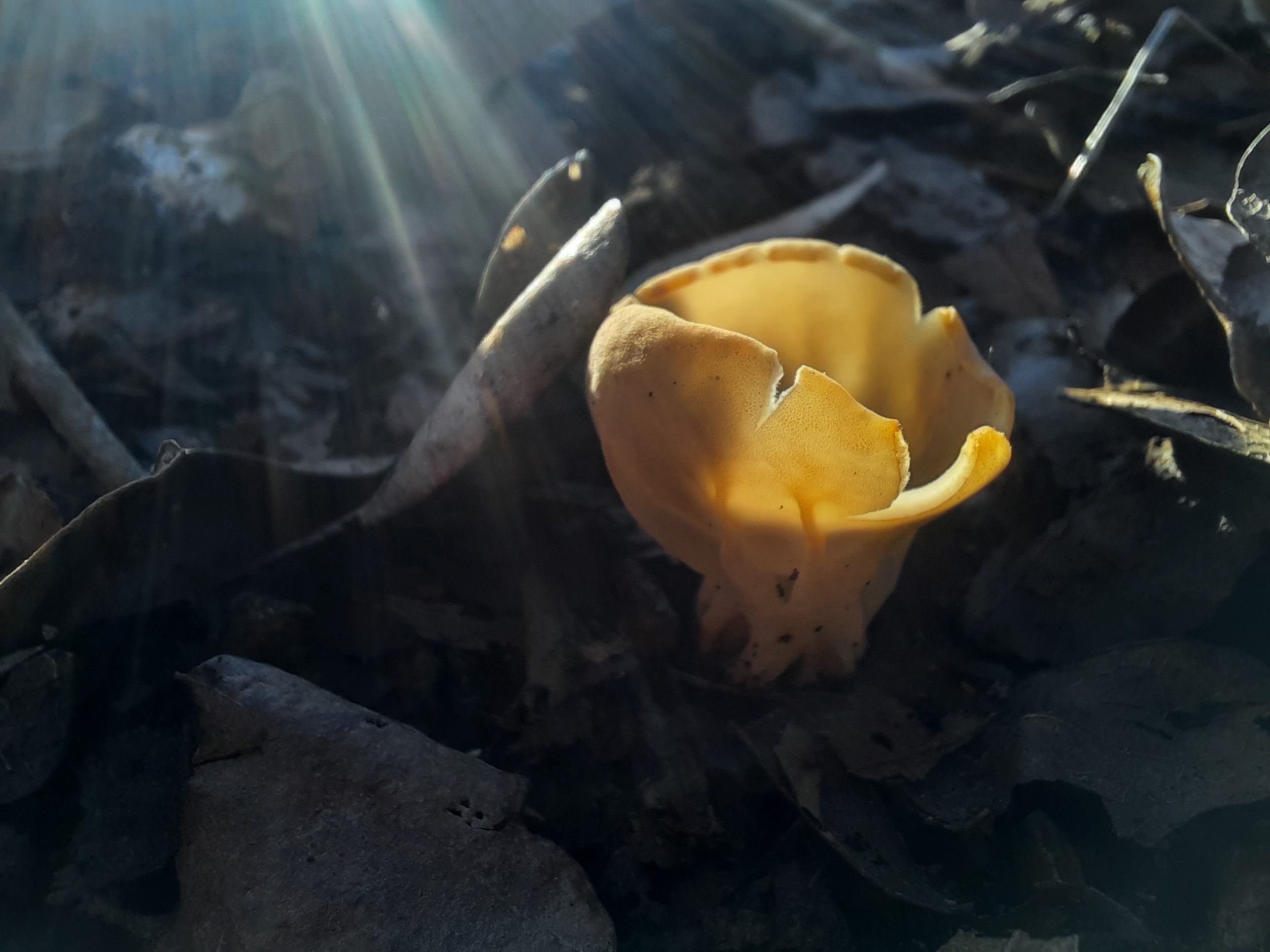
I have been working lately on getting my garden prepped for planting, and the biggest task by far is going to be keeping the grass and weeds from trying to reclaim their old territory. To accomplish this, I will need lots of mulch, and it just so happens that we have a bunch of leaves on the ground in the yard.
While I was raking the leaves, I noticed something that looked kind of like jelly on the ground. A closer look revealed that it was a mushroom.
All Torn Up
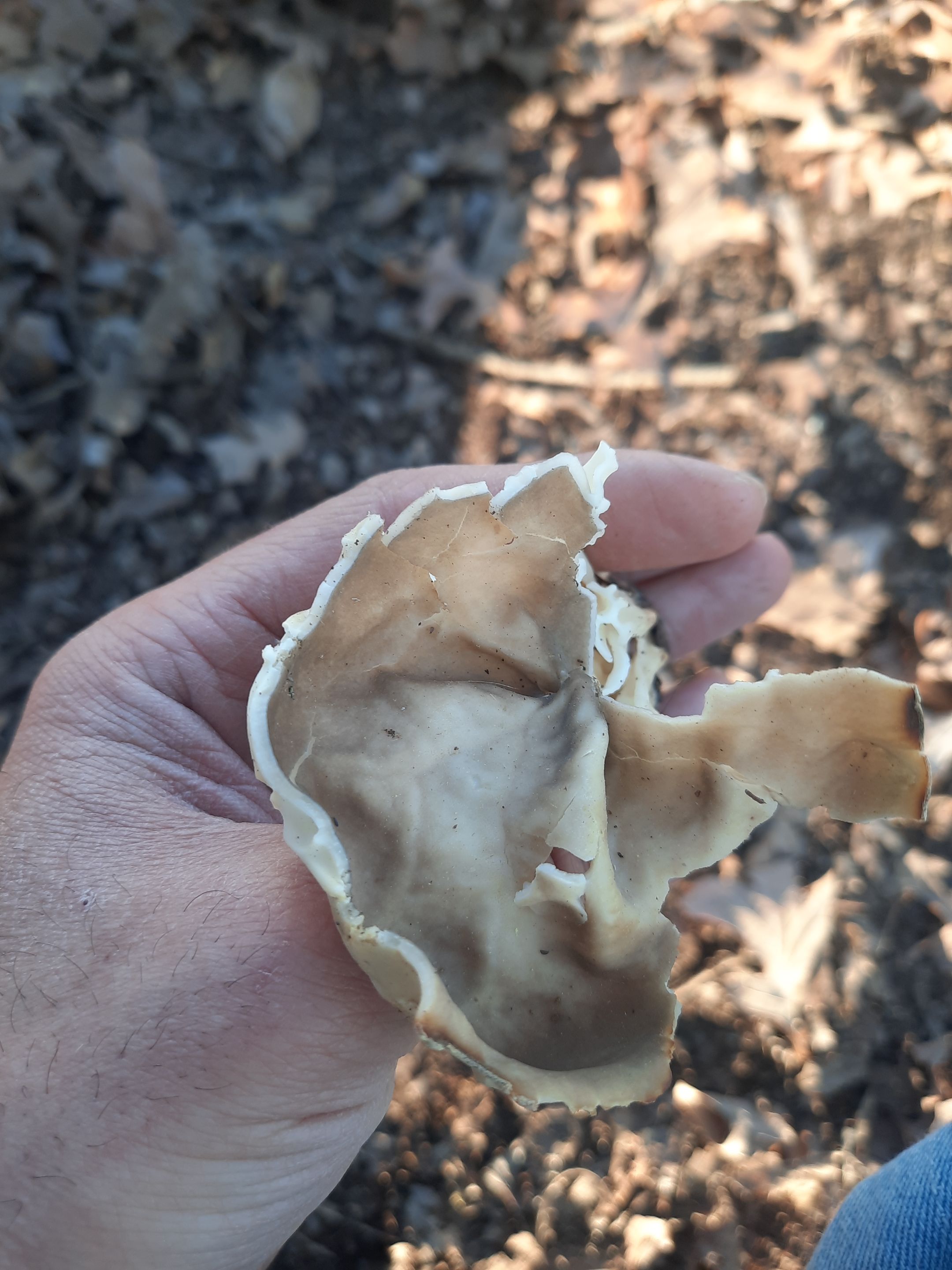
Unfortunately, it had been all torn to pieces; however, I was able to find a few more specimen in the area.
Nom Nom Nom
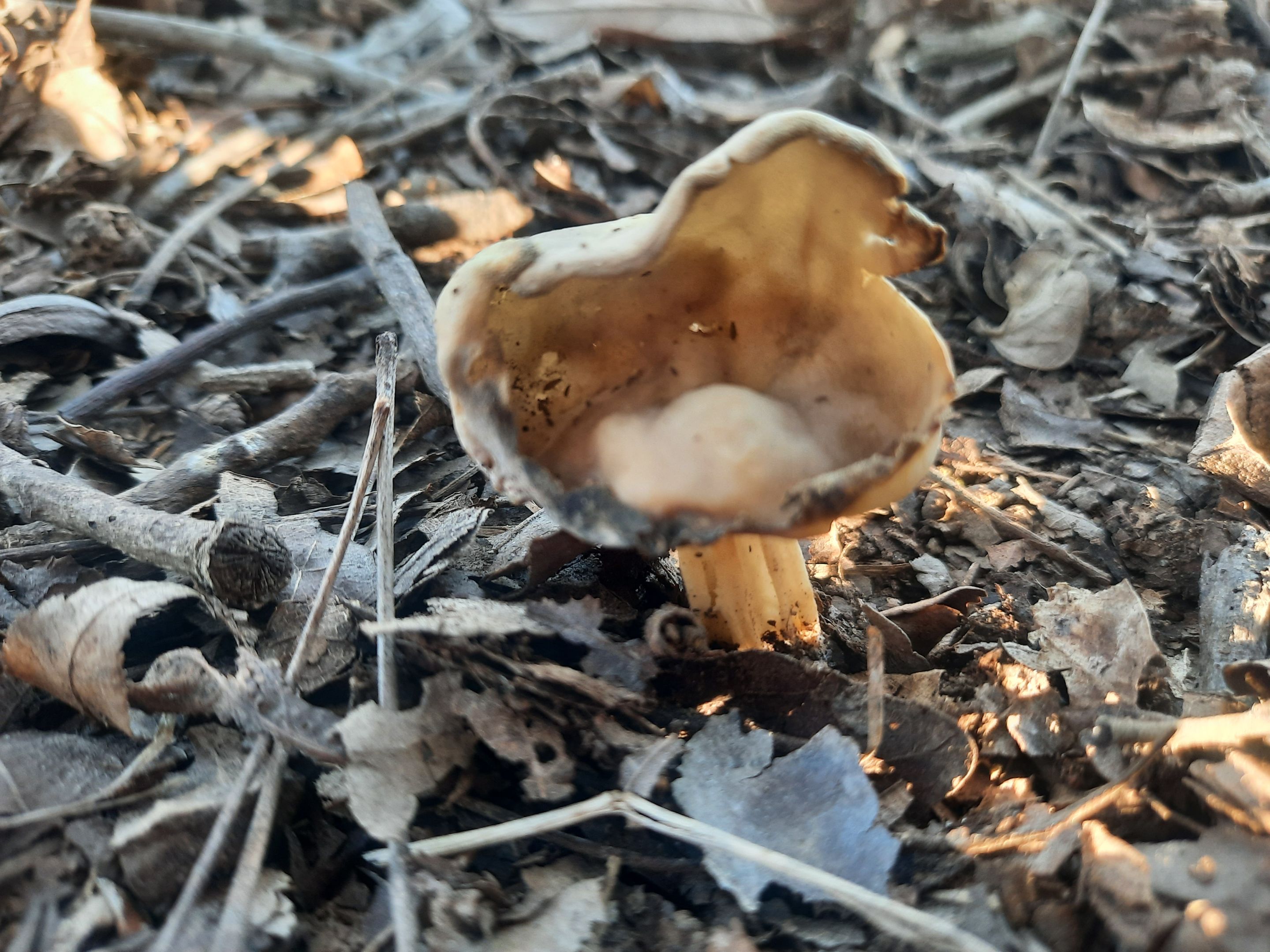
This one was my favorite! It looks like an open mouth with a tongue. I like to imagine that it is saying "FEED ME! NOM NOM NOM!!"
I actually used my Google Lens app to identify this specimen, and it got it correct on the first try: Helvella acetabulum - The vinegar cup fungus.
H. acetabulum is most likely a mycorrhizal fungus, meaning that it has a symbiotic relationship with the roots of certain trees. Here in Arkansas, you will find them underneath the leaf litter of hardwood trees or possible under conifers in late spring to early summer. The cup-shaped cap is generally 2-12 cm across and is where this fungus gets its common name. The specific epithet, acetabulum, translates to 'vinegar cup, because some specimen may resemble little cups used by ancient Romans to hold vinegar.
Look At Those Veins Popping!
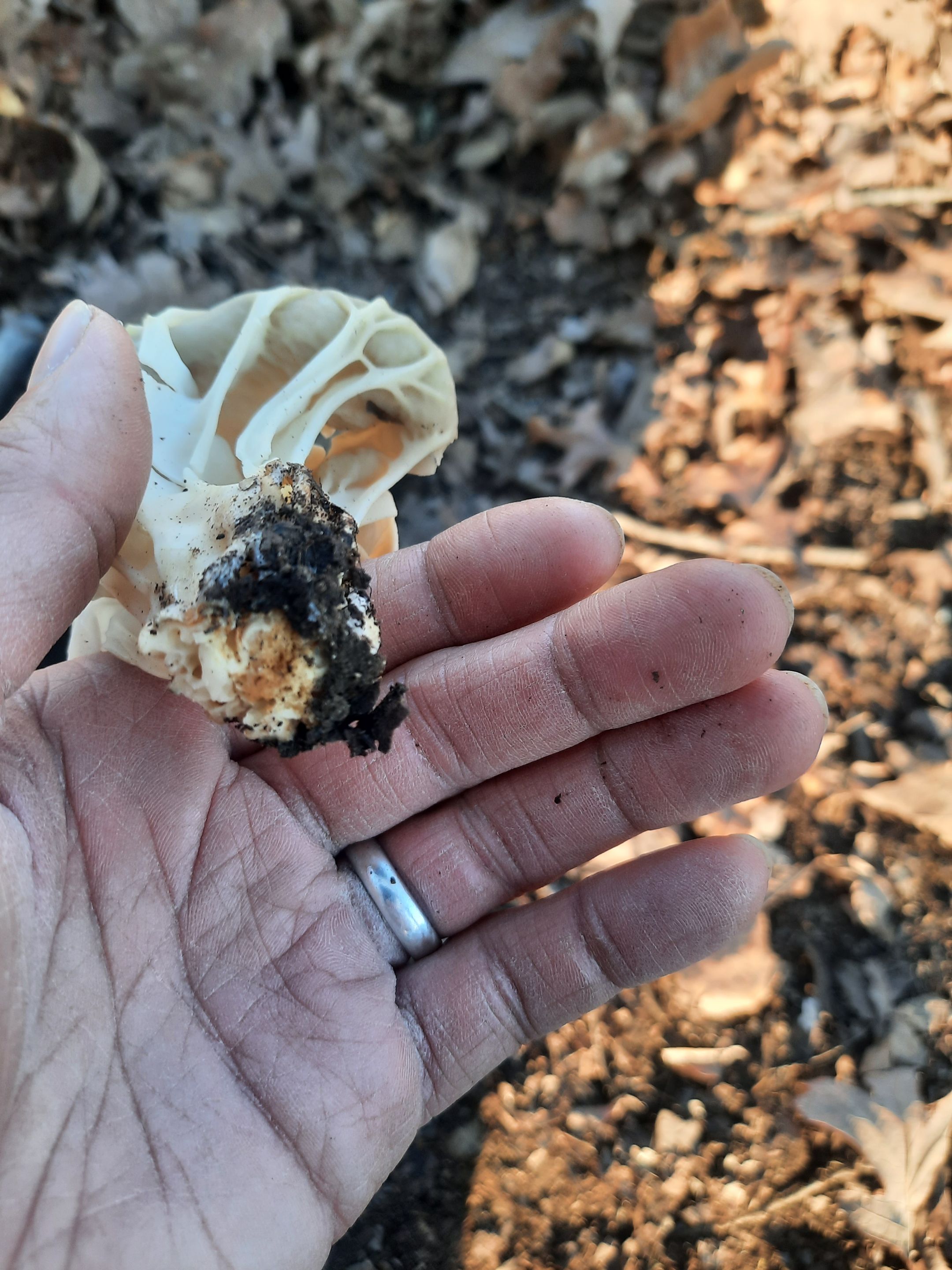
There are a few other species of Helvella that look pretty similar to H. acetabulum, but this species can be identified by the way the vein-like ribs that extend from the stem onto the underside of the cup.
Speaking of the stem: it is very unique! It ranges from 2-9 cm long and can be up to 5 cm wide. It is ribbed with deep pockets that almost look like little caves.
Cavernous Stem
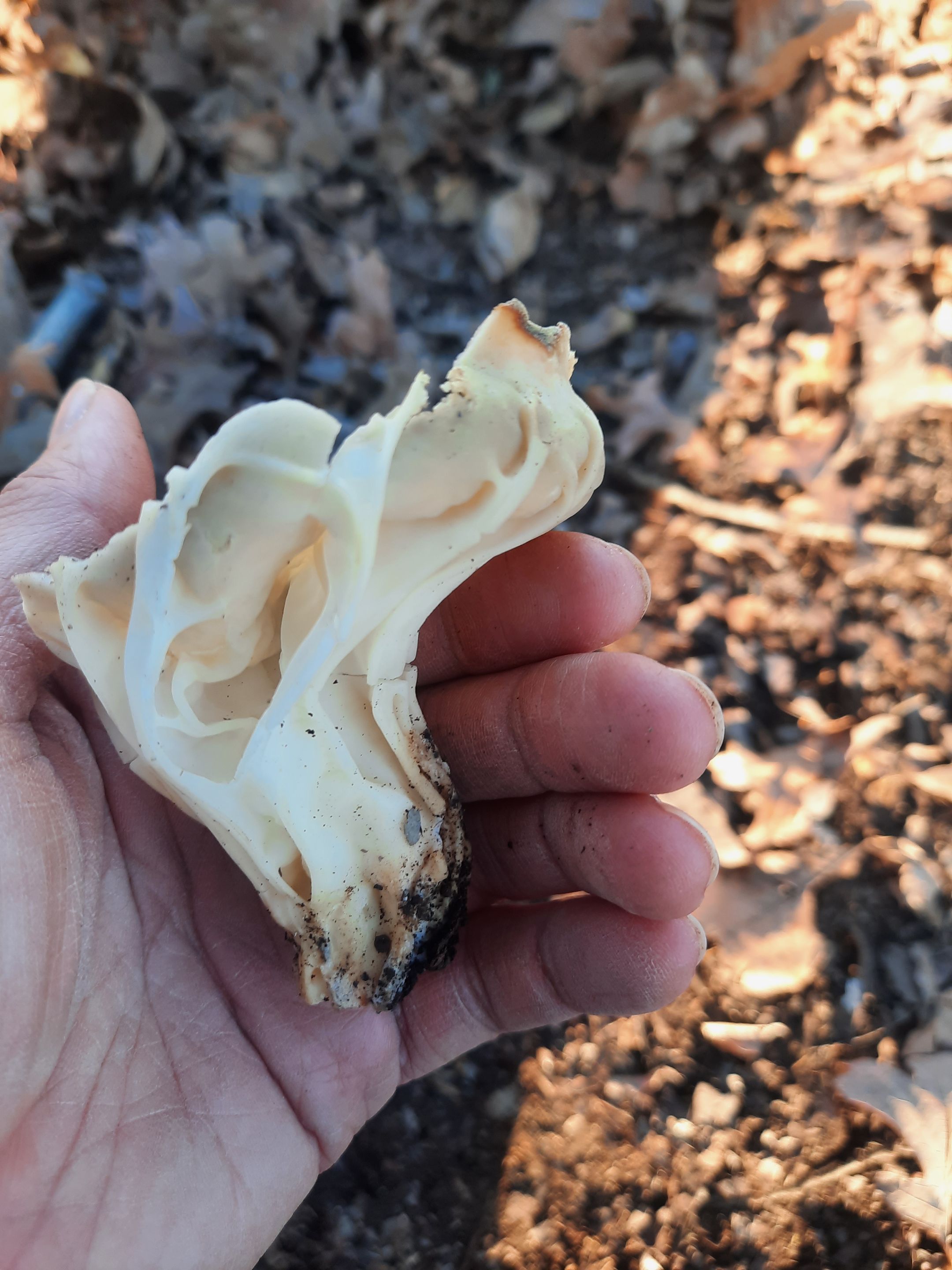
From what I have found online, this species of mushroom should not be eaten. While the edibility status is unknown, some of the other similar species in the Helvella genus contain a highly toxic chemical called Monomethylhydrazine (MMH). However, if you were to do the taste-and-spit test (a common method used in mushroom identification), you would find that it is lacking in both taste and odor.